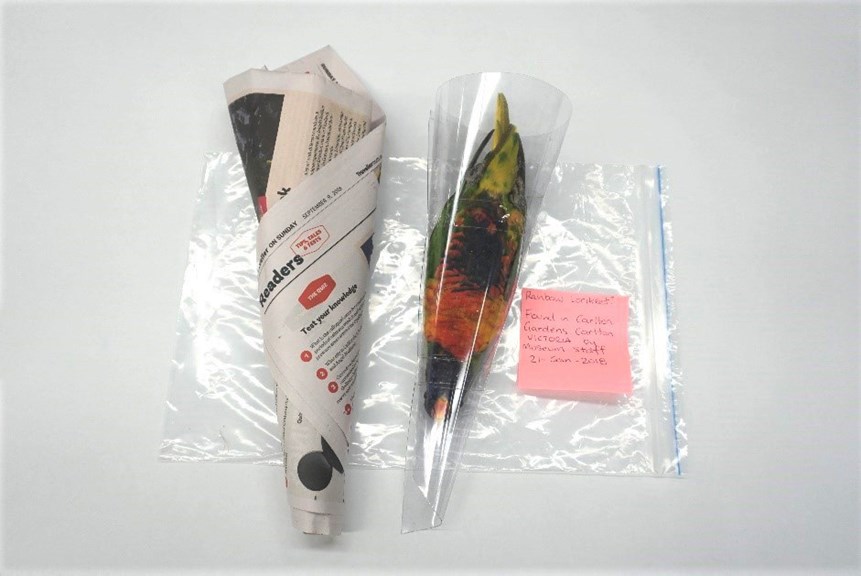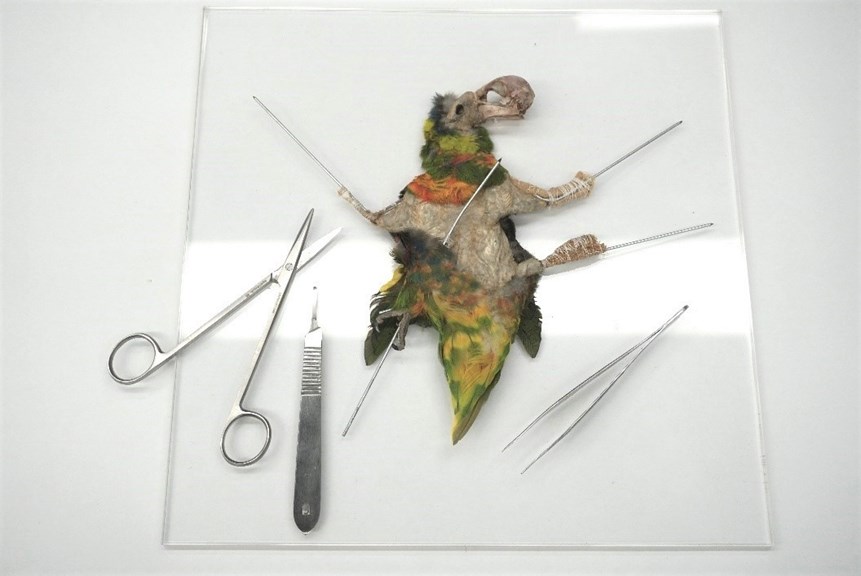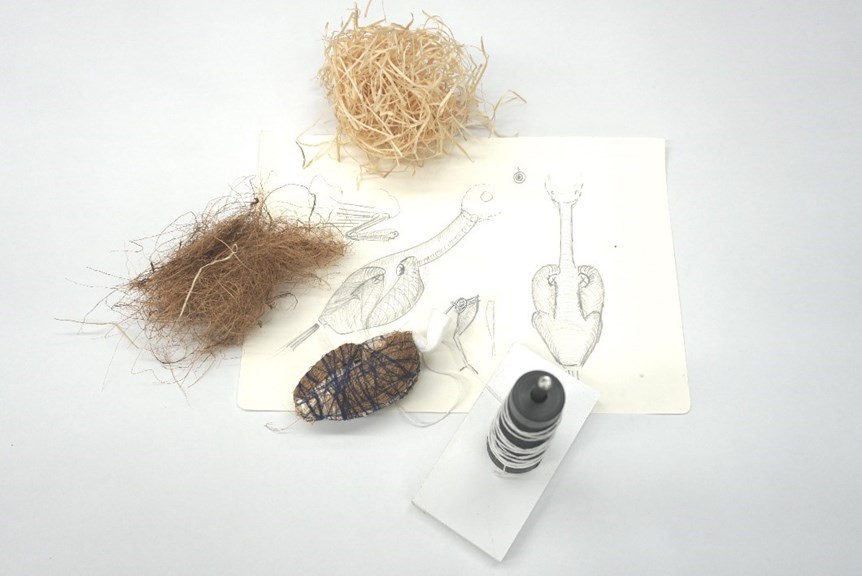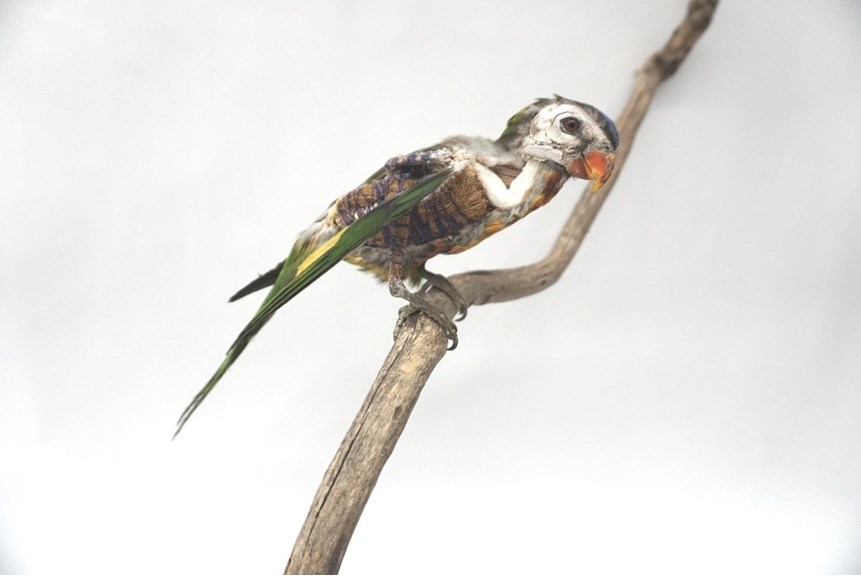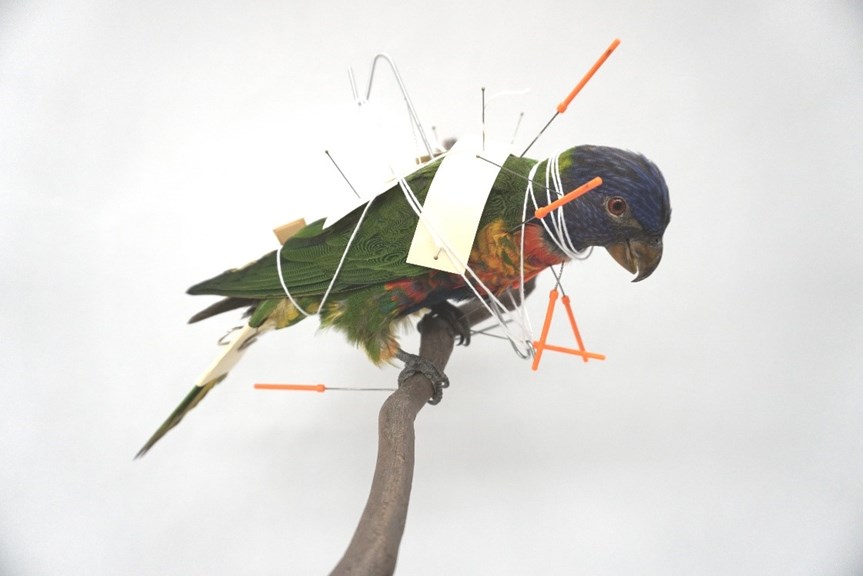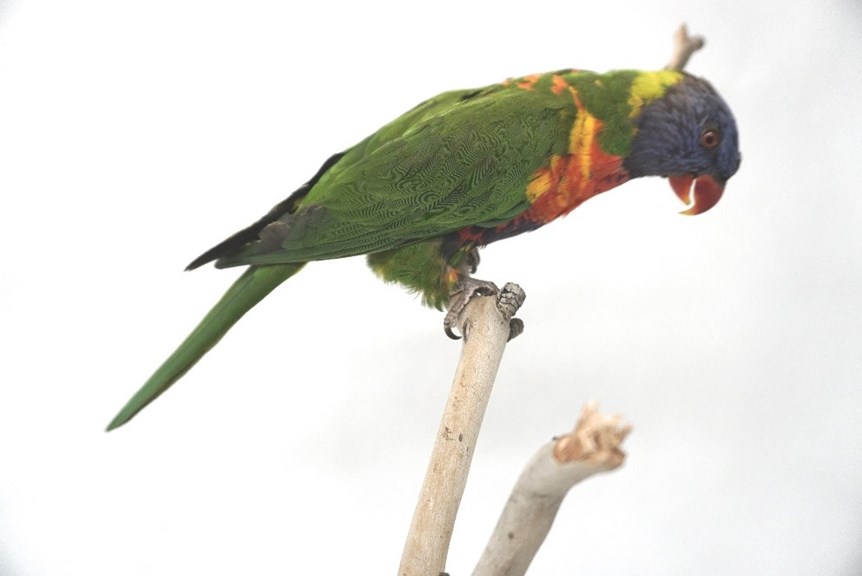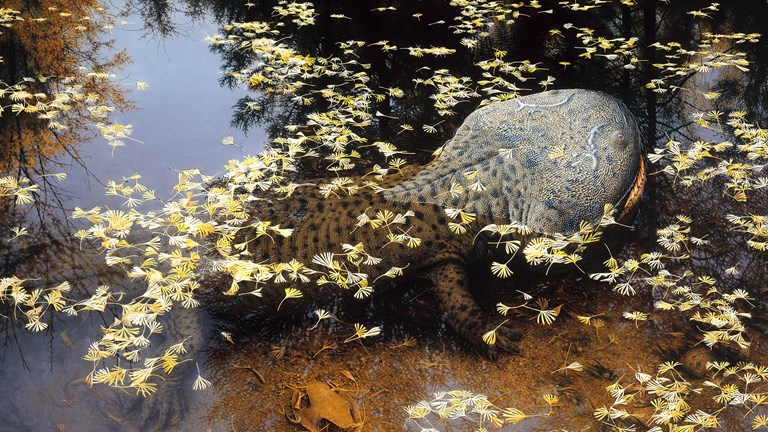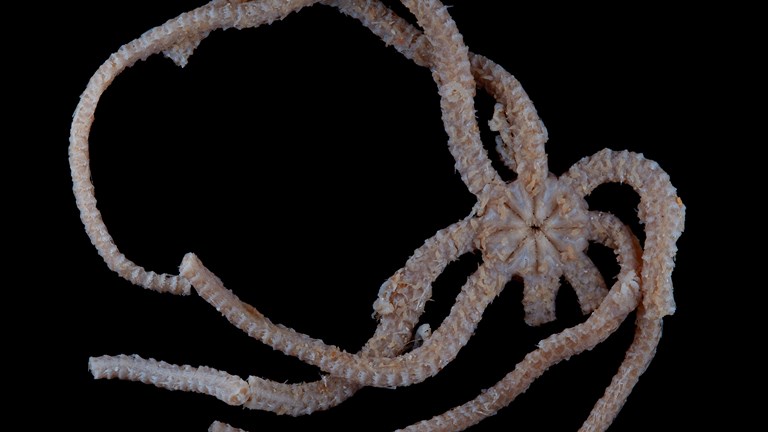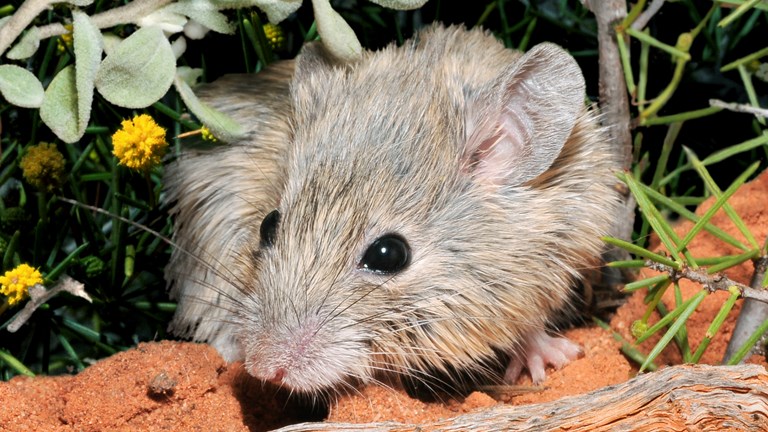Museums, Specimens, Taxidermy & Cells
Bringing the dead to life - sort of!
When animal remains are donated to the Museum
People often encounter the remains of animals; on bush walks, in the garden or just driving. In some cases, the remains are from Australian native animals – and in many cases, these remains have very useful data for researchers, and are collected by the public and others for donations to the Museums Victoria research collections.
Taxidermy is an intricate and time consuming process, part science, part art illustrated by the stages of preparation of a Rainbow Lorikeet Trichoglossus haematodus, a common native bird species around Melbourne suburbs.
Step One - Receiving the carcass
If the specimen is fresh, DO NOT FREEZE it, as live cells can be collected from it. The specimen can be kept in the fridge for up to 3 days. If it is no longer fresh or more than 3 days have passed, the specimen should be delivered frozen. Specimens (fridge or frozen) are delivered in a sealed bag to the museum with collection data, which is recorded by staff at the time of the donation. In the case of bird specimens, it’s useful for them to be placed in a cone shaped paper to protect the feathers from bending or being damaged.
Step Two - Recording the data
The specimen is registered into the Museum's databases, is given a unique specimen number. Then a sample for DNA and cells is collected. After sample collection, the specimen is delivered to the Preparation Department (taxidermists) for the start of the taxidermy process. In this instance the Lorikeet has been selected for a taxidermy display mount. The first task for the Preparator is to undertake numerous measurements of the specimen to be added to the registration record in the Museum’s research collections database.
Step Three - Removing the skin
The skin is then removed from the specimen by a single incision down the belly and peeling the skin from the body – a bit like rolling a sock off your foot. The legs, wings and tail are detached and the skull removed from the neck. Although the skin is ‘inside-out’ as a result, the skull, feathers, wing and leg bones are still attached to the skin (as you can see here). The skin and bones are cleaned of all remaining tissue, which could otherwise decompose and spoil the specimen.
Step Four - Creating a mannequin
A detailed sketch of the now-skinless internal body is then drawn, and this is then used as reference to create a mannequin from a combination of Woodwool (a timber-based packaging fibre), Coconut fibres, Dacron and foam. Wires are attached to the delicate wing and leg bones, which now have coconut fibre as recreated muscle tissue. This is now the artificial body form onto which the skin will eventually be mounted.
Step Five - Sculpting the insides
Air-drying moulding clay is used to sculpt artificial muscle on the freshly-cleaned skull, and glass eyes are set into place. With the skull now glued in place to the skin, the entire skin is now re-inverted so it’s no longer inside-out, and it’s is peeled carefully over the mannequin, with the skull glued in place. The skin is now mounted carefully over the mannequin, with the wires of the wings and legs now finally fastened into the mannequin, before sewing along the original incision with a curved needle.
Step Six - Reattaching the skin
The bird mount is then attached to a prepared display branch, using the flexibility of the wire inside the limbs to move the limbs and neck into a life-like position. Preparators are careful at this point to refer to reference notes and images to ensure the finished mount will be as life-like as possible. Once the final pose is determined, it can then take several weeks for the finished skin to set in place over the body form – animal skins shrink and shift position as they dry, so carefully placed pins and supports are used to secure the skin as it sets.
Step Seven - The finished mount
After weeks of drying and settling over the form, the pins and supports can be removed. Some of the natural pigments on the legs and face often fade as the skin dries, so the skin is painted back to a lifelike colour with specialized paints. A final clean and preen of the feathers, and the taxidermy mount is ready for display.
Native animal remains may be used by the Museum for various purposes, like:
- A taxidermy mount, a traditional life-like ‘stuffed’ specimens for display purposes,
- A skin study, a preserved skin with fur/skin/feathers for academic research purposes
- A skeleton specimen, also an anatomical research specimen, and finally,
- • A tissue sample containing the animal’s live cells and DNA for the BioBank, a library of cells and DNA samples of Australian animals, for biodiversity research.
Whatever type of specimen the Museum chooses to take from the offered carcass, it’s very important that the donor supplies a note detailing where and when the specimen was collected as well as any other important details. Without the important data our researches cannot use the specimen for scientific research.
Museums Victoria's scientific collections benefit greatly from the generosity and hard-work of the people of Victoria. If you'd like to offer a specimen to Museums Victoria's scientific collections, you can make a general research enquiry or email us directly with your offer at [email protected].
